Monitor Farms in Aberdeenshire, Stirlingshire, the Highlands, and Argyll & Bute are among nine in total across Scotland – but what are they?
Ever since the Scottish Government unveiled a net-zero target of 2045, farmers across the country have been trying to find innovative ways to reduce their carbon footprints.
But their quest to diversify their businesses stretches back even longer.
It is driven by the increasingly difficult challenge of making ends meet from farming alone.
Learning lessons is at the nub of Monitor Farm Scotland programme
While many new ideas work in theory, it’s often the practicality of rural life that seems to get in the way.
Yet, the lessons learned always prove valuable.
And that’s where Monitor Farms come in. They are quickly becoming the port of call for testing new farming initiatives in a real-life setting.
Their on-farm approach encourages agriculturalists to learn at first-hand how to better navigate the industry-wide changes driven by global efforts to mitigate climate change.
It is perhaps the peer-to-peer learning that marks them out as truly innovative.
Each of the host farms encourages others in the industry to pay a visit and learn which methods tend to improve their business and, just as importantly, those which do not.
Scotland currently has nine Monitor Farms, spread throughout the country.
Meikle Maldron, on Deeside
Meikle Maldron is run by Duncan and Claire Morrison who moved to the farm in 2016.
In total, the pair farm 613 acres across three farms as a wholly suckler enterprise.
Through the Monitor Farm programme, they hope to develop the young business so it’s more resilient, with improved cash flow and profitability.
They would like to expand, while phasing out Duncan’s fencing business. If more land becomes available locally, then it could be a chance for them to farm 100% of the time.
Cowbog, near Kelso
A mixed tenanted farm of two holdings and a contract farming arrangement with Roxburghe Estates.
In total, Robert and Lucy Wilson, together with Robert’s parents, farm 598 acres.
They have 70 suckler cows plus followers, all of which are pure-bred Herefords.
Breeding bulls and females are sold from the herd and animals not fit for breeding are generally finished. A few animals are sold through the farm’s new agritourism diversification – Wilson’s Farm and Kitchen.
The Wilsons also have a small flock of sheep and 39f acres in arable or forage production over the three farms.
Rowanston, South Ayrshire
A total of 1,770 acres are farmed by John and Allison Andrew, along with son David.
Rowanston comprises 320 acres of owned land, with an additional 100 acres of neighbouring land rented annually. The 1,350-acre hill farm of Blair lies three miles away and is rented from Kilkerran Estate.
Livestock consists of 150 hill suckler cows, with replacements homebred and all progeny finished on farm. About 200 more store cattle are bought in for finishing each year. There are also 1,000 breeding ewes and around 100 acres of feed crops.
Lands of Drumhead and Blairfad, Sirlingshire
Farmed by the Duncan family. Three of Bruce and Shona’s children aim to return to the farm from full-time education and are increasingly involved in running the two farms.
Bruce’s parents and father’s cousin are also involved.
The family’s 30 hilled suckler cows and 1,300 Black-faced ewes at Inveruglas are the basis of the herds and flocks at Lands of Drumhead and Blairfad.
The Duncans are calving 180-190 cows ever year and also have a flock of 2,300 sheep.
Barnbackle, Dumfries
This 500-acre beef and sheep farm is run by Richard McCornick and his partner, Hayley Currie, together Richard’s parents, Andrew and Janice.
About 440 acres are owned, with the rest rented.
There are 150 suckler cows, 20 store cattle and 700 ewes.
Most calves are sold as sucklers, with only a small number kept through winter.
Richard also runs a small heard of pedigree Charolais cattle, supplying local farmers with bulls to meet their requirements.
Auchernack, Strathspey
Auchernack is an 800-acre business run by Malcom Smith, whose family have farmed there since 1946.
Malcolm farms alongside two sons, full-timer Calum and Hamish, who works part-time.
Malcolm’s wife, Sammie, is a partner in the business too.
They have around 150 suckler cows and 135 store calves.
Sauchentree Farm, New Aberdour
Run by Bruce Irvine and his mother, Sauchentree has been in the family for more than 2oo years
Help at lambing comes from Bruce’s art-lecturer wife, and sister and brother-in-law.
Bruce’s two daughters are also starting to get involved.
In total, Bruce farms 650 acres with cereals, sheep and cattle.
He believes the three enterprises are as important as each other, with livestock providing fertility for the arable side.
Castleton Farm, East Lothian
This 418-acre farm is run by Stuart McNicol and his father, Bill, who works on the farm part-time.
Stuart’s wife, Jo manages agritourism enterprises.
The arable acreage produces wheat, malting spring barley, spring beans and cover crops which are grazed by sheep.
Stuart has an arrangement which has 75 Hebridean sheep on the farm year-round, and another which brings in 250 Blackface sheep at certain times of the year.
The farm has diversified into storage units for let, a wedding venue and bakery kitchen.
Craigens Farm, Islay
This is a near-5,000-acre tenanted unit run by Craig and Petra Archibald, together with Craig’s father and their son.
They have 220 suckler and 200 store cows, plus 1,000 ewes and 1,000-1,200 lambs.
The farm is focused on producing Angus and Charolais yearling calves for the store market and fat lambs.
In addition to livestock and 25 acres of forage rape, there are nearly 50 acres producing barley for a local distillery.
The business has diversified into oyster farming and a cafe.
It’s all about sharing ideas
Among these Monitor Farm innovators, Duncan and Claire Morrison at Meikle Maldron highlight the benefits of peer-to-peer learning.
Duncan said he loved talking to people, attending meetings and sharing ideas.
He added: “I always seemed to enjoy those things, so it seemed like a perfect opportunity for me to get involved (in the Monitor Farm scheme).
“Once people start arriving for the first time, there is a sense of ‘oh we’re being judged here’.
“But once you get over that everyone is really nice. After all, they are here to learn.”
All nine Monitor Farms are now in the second year of a four-year programme.
With support from Quality Meat Scotland (QMS) and the Agriculture and Horticulture Development Board, they work closely with regional advisors and programme managers to establish baseline performances of their businesses.
Once a strategy is in place, Monitor Farms start their diversification process.
And they share their experience with other farmers and crofters along the way.
Peer-to-peer learning
QMS Monitor Farm project manager Beth Alexander highlighted the importance of “peer to peer learning” in the scheme.
Beth explained: “We’re not just looking for the monitor farms to adapt and change and take on new innovations. We really want the groups around them to learn and to go on that journey with them.”
Of course, farming is no one-size-fits-all industry and the Monitor Farm programme reflects this.
Beth said the scheme recognised the uniqueness of each farm it supports, even going as far as blood sampling animals.
She added: “We’ve done quite a bit of blood sampling on one farm just to look at whether it was a mineral challenge that was preventing performance or if it was something health-related”
This kind of support for farmers will be crucial in the years ahead as they navigate change.
Farmers facing major funding change
In 2026 the Basic Payment Scheme (BPS) in Scotland is expected to be replaced by the new Tier 1 “base” payments. The BPS will remain in place in 2025 and 2027, but with new conditions and requirements.
The aim is to provide more of an incentive for farmers to do more to help the environment.
Lessons learned on Monitor Farms could, therefore, be even more valuable than simply finding new ways to use the land.
New practices developed in these locations may be the difference for farms thriving or not.
A brief history of monitor farms
- Monitor farms date to the 1990s as countries like New Zealand began trailing “demonstrations” to determine what new sustainable methods would work on the land
- Global recognition ensued and by the early 2000s QMS began piloting its own scheme
- The number of Monitor Farms across Scotland grew in tandem with an increased focus on overcoming market volatility and boosting productivity
- Climate change is driving a push for farmers to be more environment-friendly and monitor farms help with this too
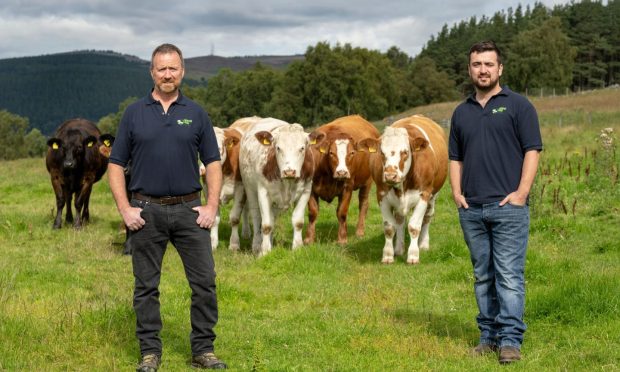
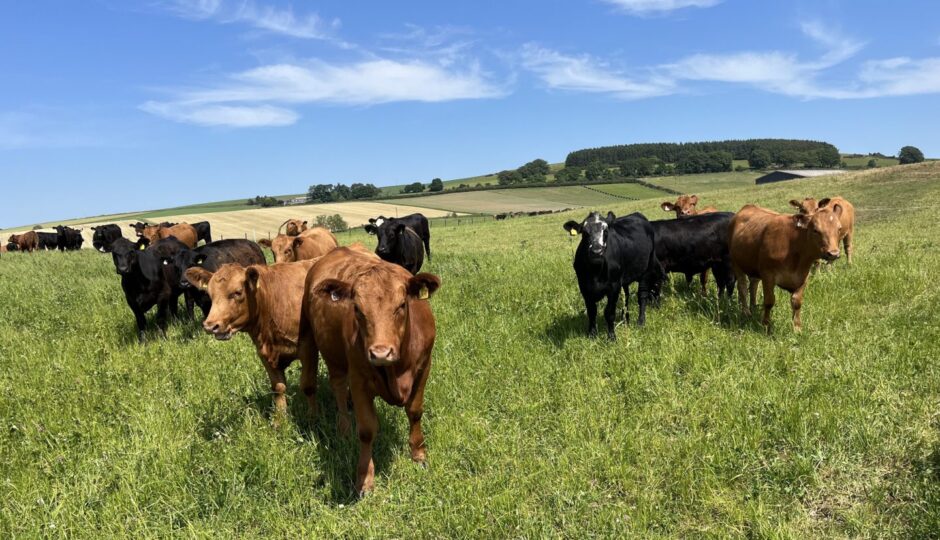
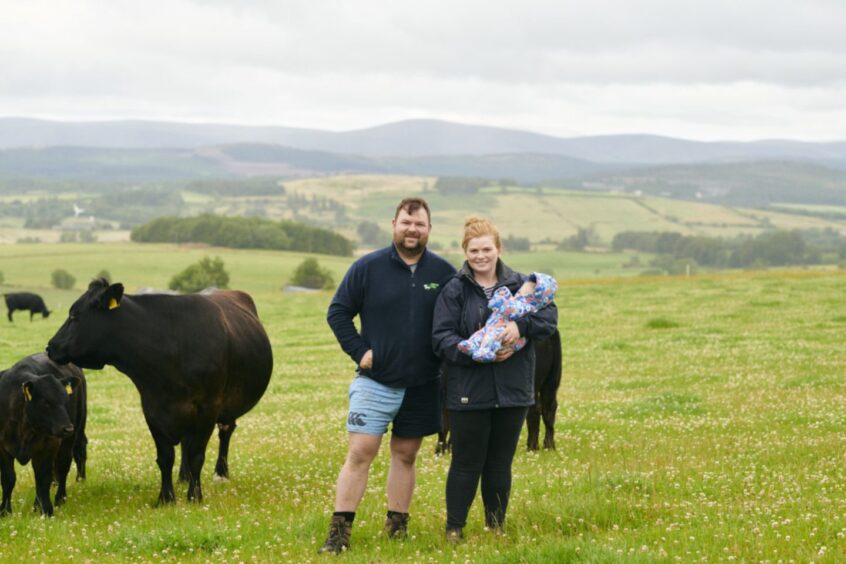
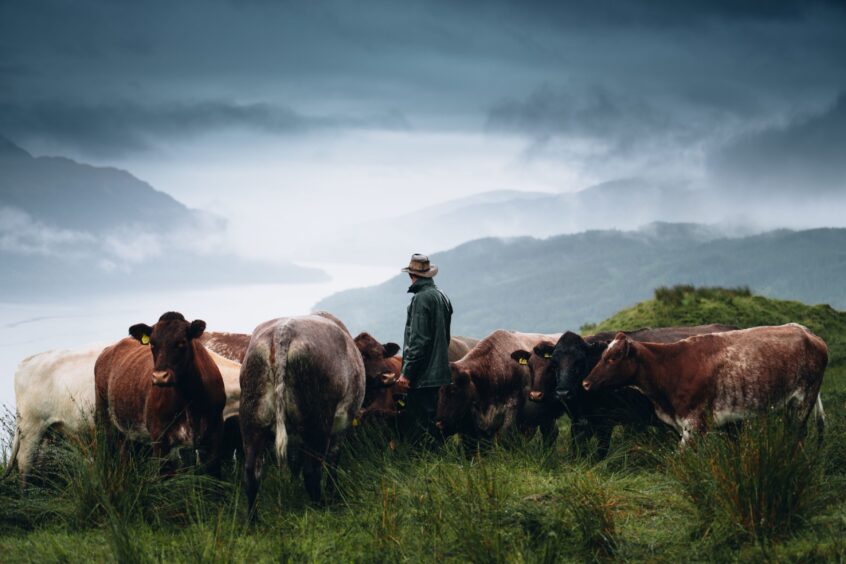
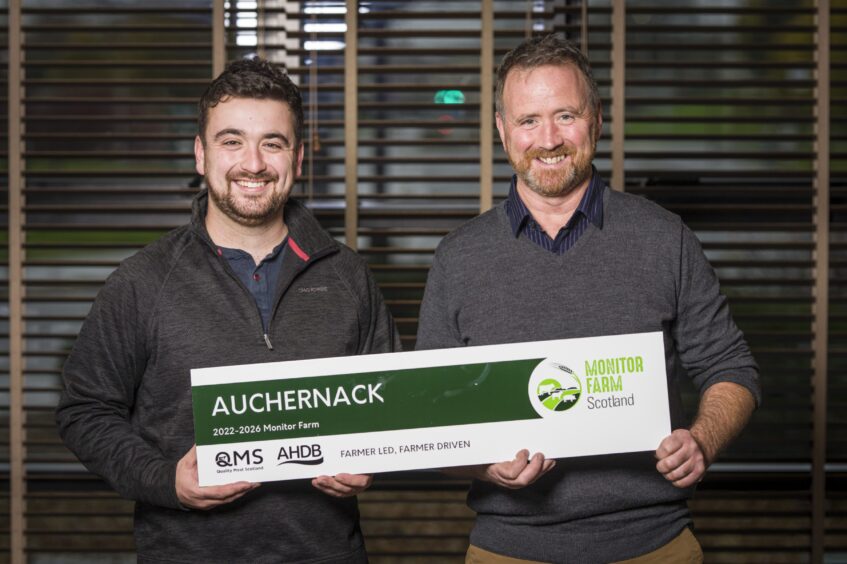
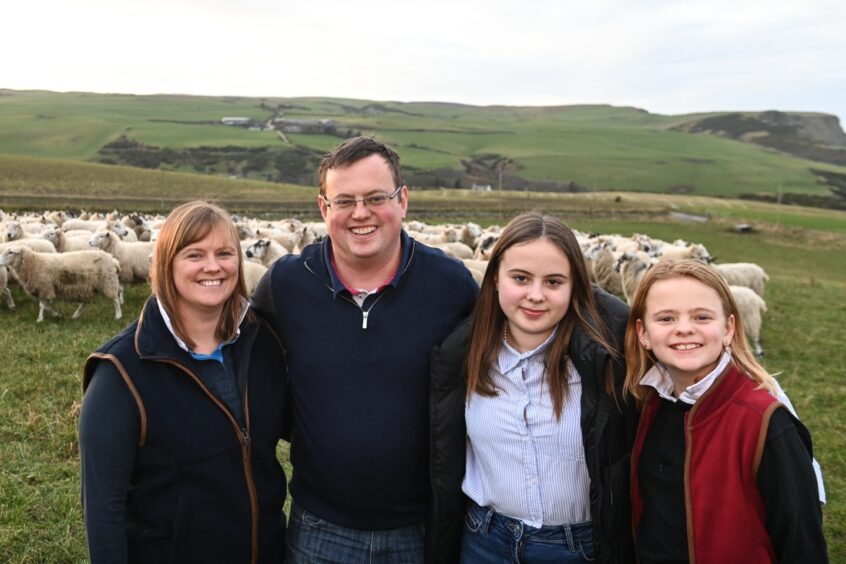
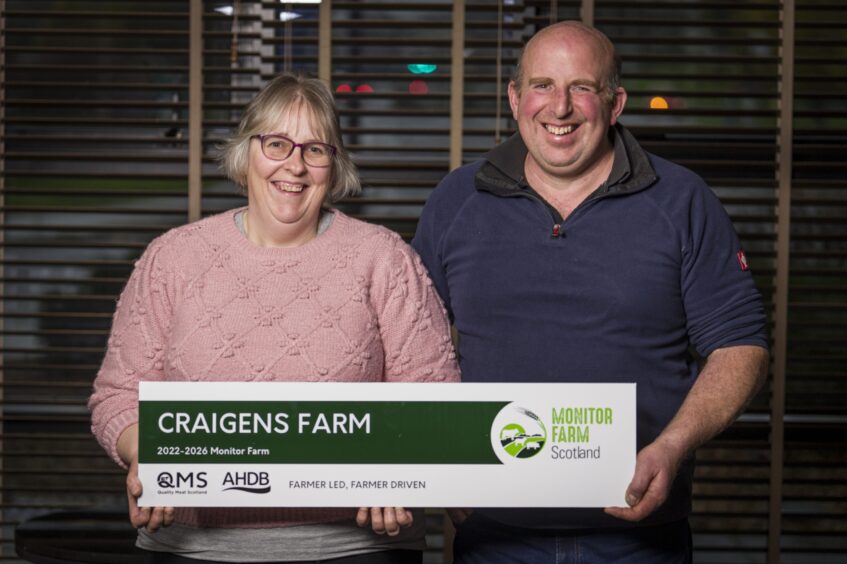
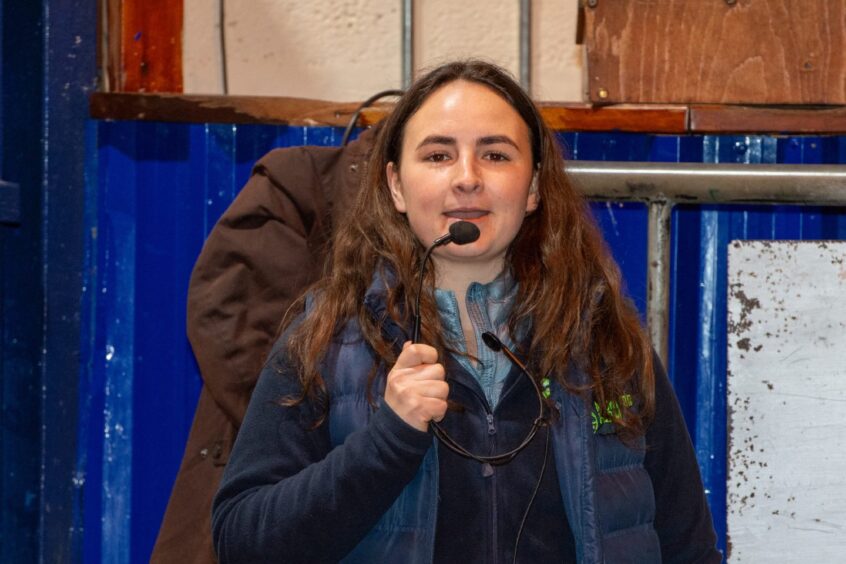
Conversation